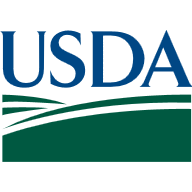Is A Regenerative Ag Future Enough? | #PodSaveChocolate
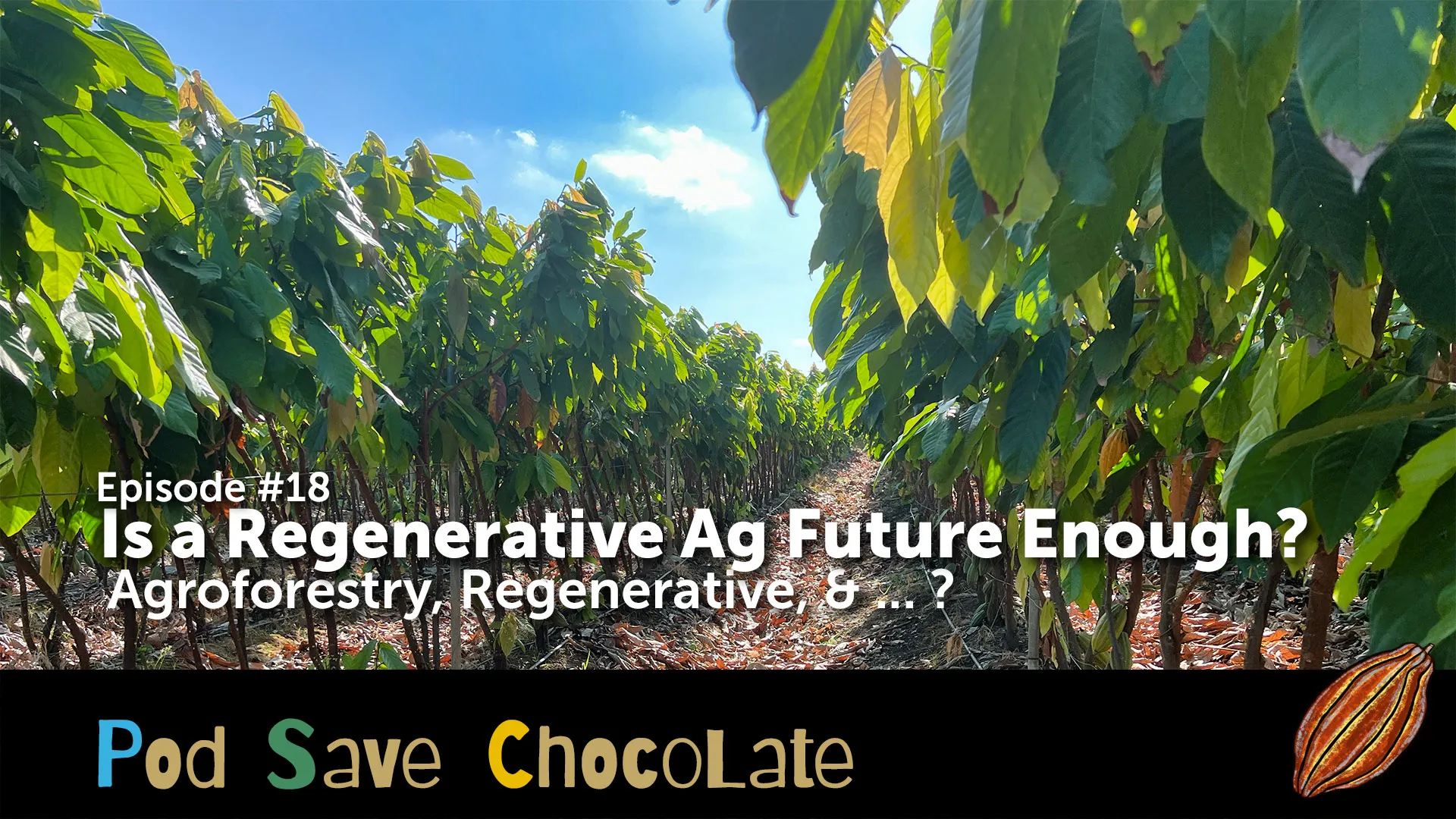
Episode 18 of #PodSaveChocolate features a discussion of Regenerative Agriculture compared with Agroforestry and other approaches – some ancient and some modern.
When and Where to Watch

Click to watch in a new tab or window. Please subscribe (free!) to the @PodSaveChocolate YouTube channel as well as like this video, comment, and share to help grow the #PSC community.
Link to watch and comment from my LinkedIn profile.
Link to watch and comment on TheChocolateLife page on Facebook.
Episode 18 Overview
This episode of #PodSaveChocolate features a discussion of regenerative agriculture, its goals and methods, through the lens of “Is this the best idea? Is it even a good idea? What might be missing? What can we learn from other approaches, such as agroforestry and ancient practices such as the milpa? What is agropequaria and does it have a role? What is the regenerative movement a response to? What does a regenerative ag cocoa farm look like?”
What’s Old is New Again
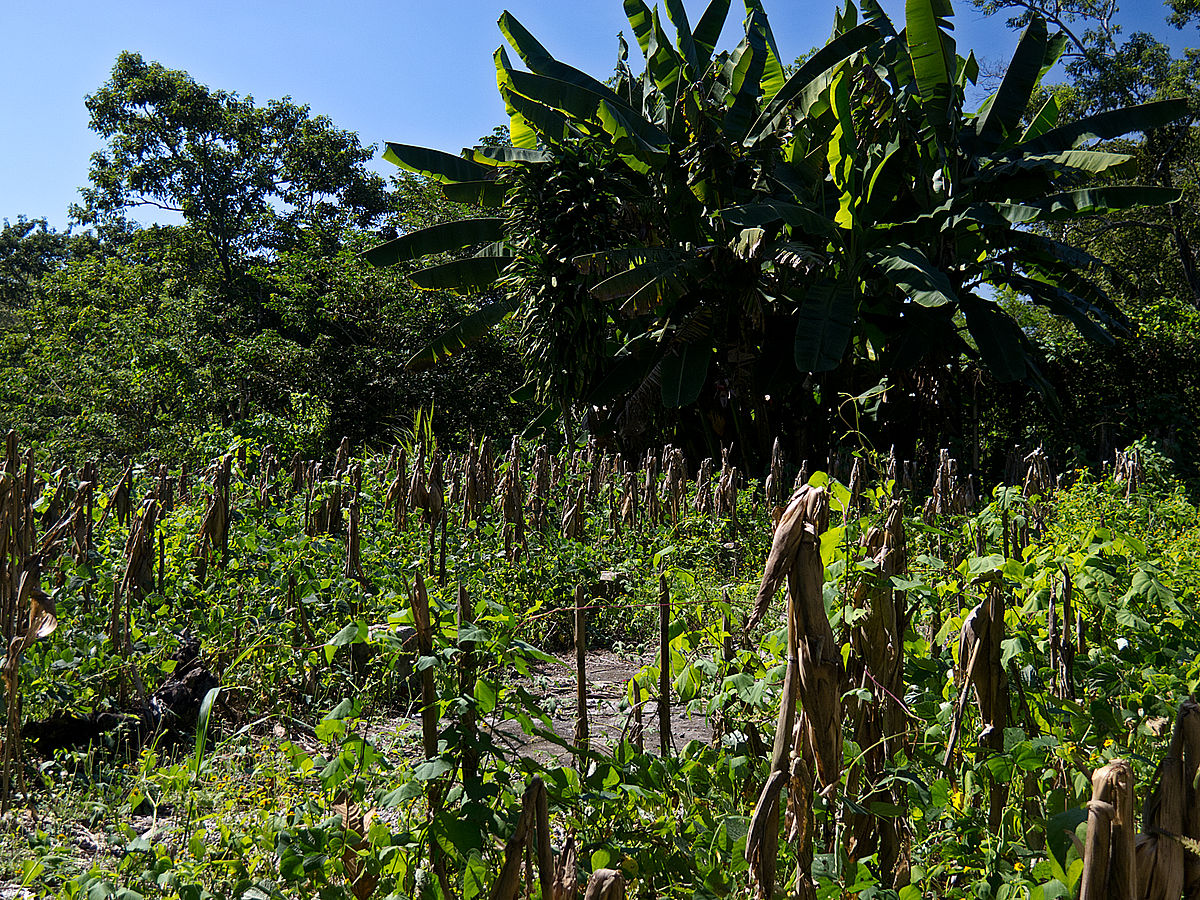
A milpa is a field, usually but not always recently cleared, in which farmers plant a [mix of] crops at once including maize, avocados, multiple varieties of squash and beans, melon, tomatoes, chilis, sweet potato, jícama, amaranth, and mucuna ... Milpa crops are nutritionally and environmentally complementary. Maize lacks the amino acids lysine and tryptophan, which the body needs to make proteins and niacin; ... Beans have both lysine and tryptophan ... Squashes, for their part, provide an array of vitamins; avocados, fats. The milpa, in the estimation of H. Garrison Wilkes, a maize researcher at the University of Massachusetts in Boston, “is one of the most successful human inventions ever created.” [To which I would add fermentation and nixtamalization.]
— Charles C. Mann, 1491: New Revelations of the Americas Before Columbus. (Amazon Affiliate Link)
Some Definitions
The term regenerative agriculture has been defined in various ways by different sources, but it generally refers to a system of farming principles and practices that increase biodiversity, enrich soils, improve watersheds, and enhance ecosystem services. While there are competing definitions, the core focus remains on improving soil health and promoting sustainable land management practices.
— Source: Perplexity.ai
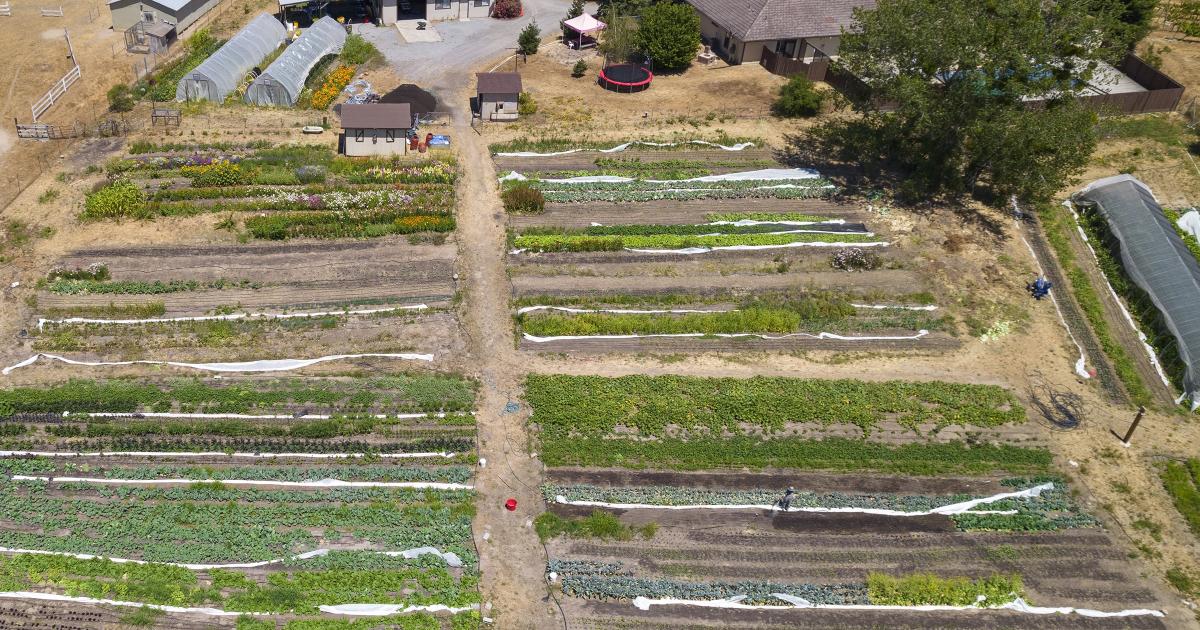
From the Natural Resources Defense Council
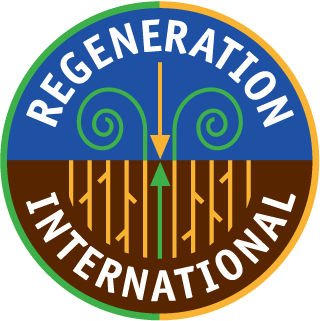

Agroforestry is a multifunctional system that can provide a wide range of sociocultural and environmental benefits. It is crucial to smallholder farmers and other rural people because it can enhance their income and health. By integrating trees on farms and in the agricultural landscape, agroforestry diversifies and sustains production for increased social, economic, and environmental benefits for land users at all levels.
— Source: Perplexity.ai


(2).jpg/1200px-Agroforesterie_(ma%C3%AFs_et_ch%C3%A2taigner)(2).jpg)
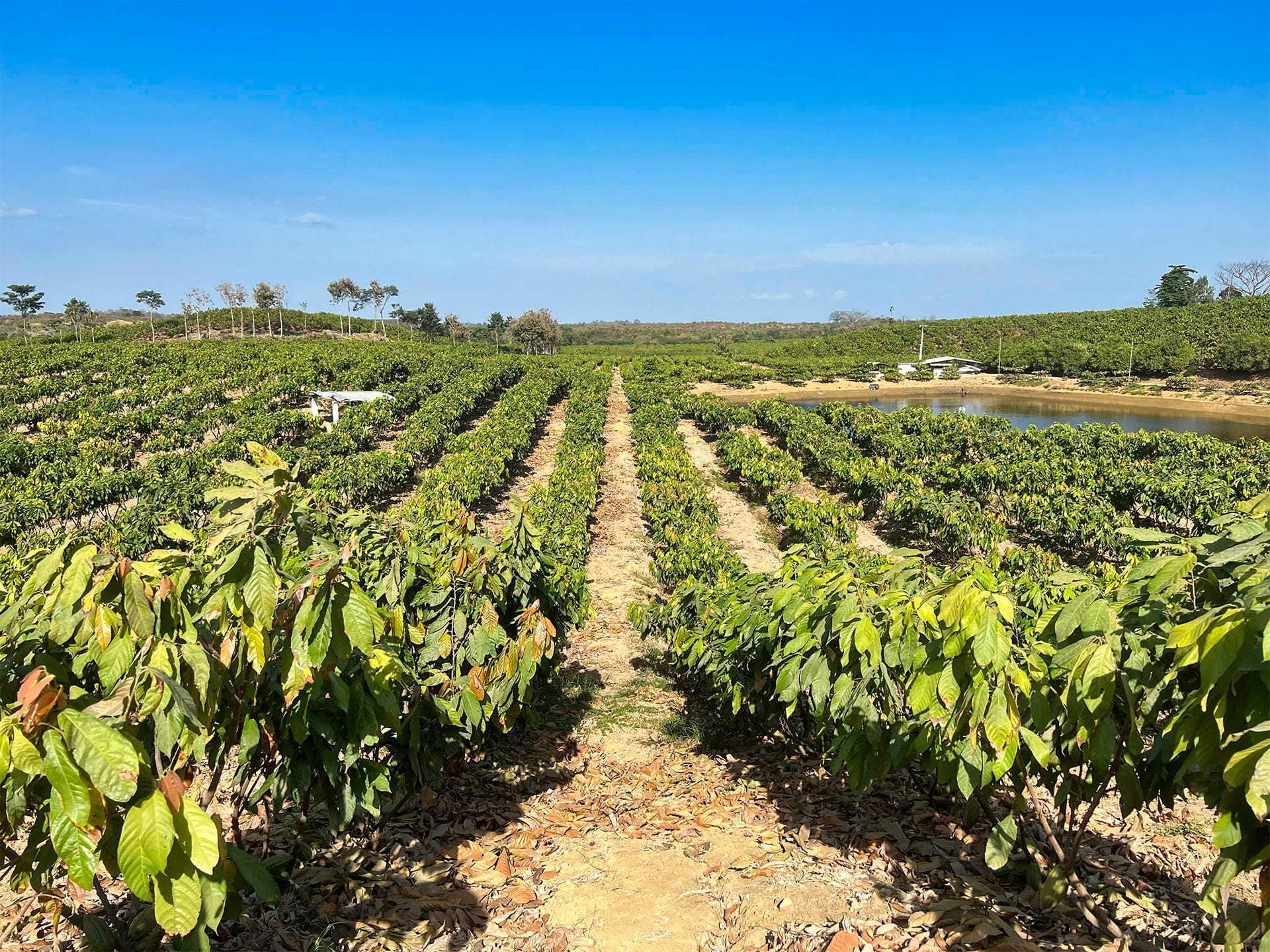
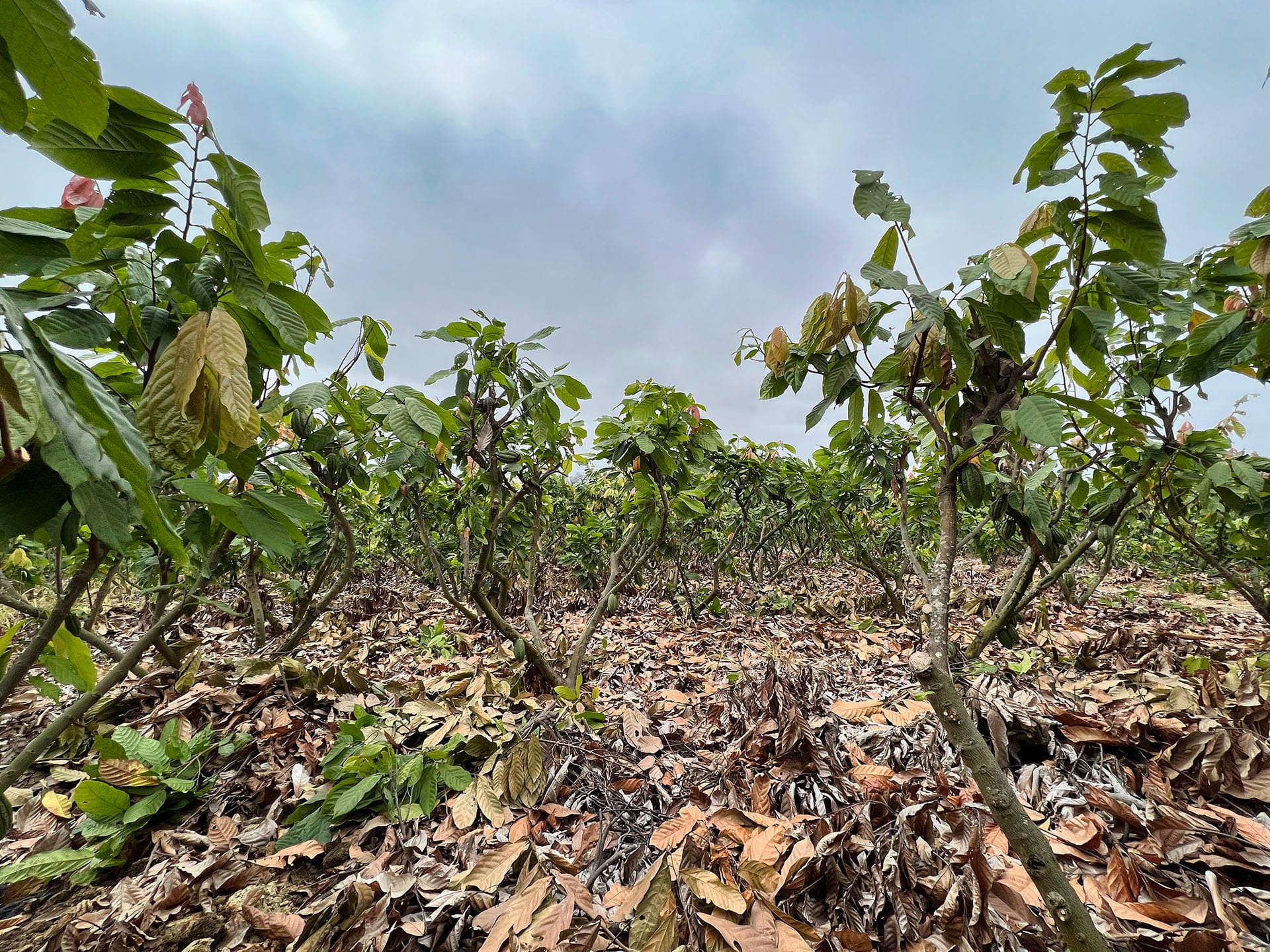
Can either of these two planting systems be considered regenerative?
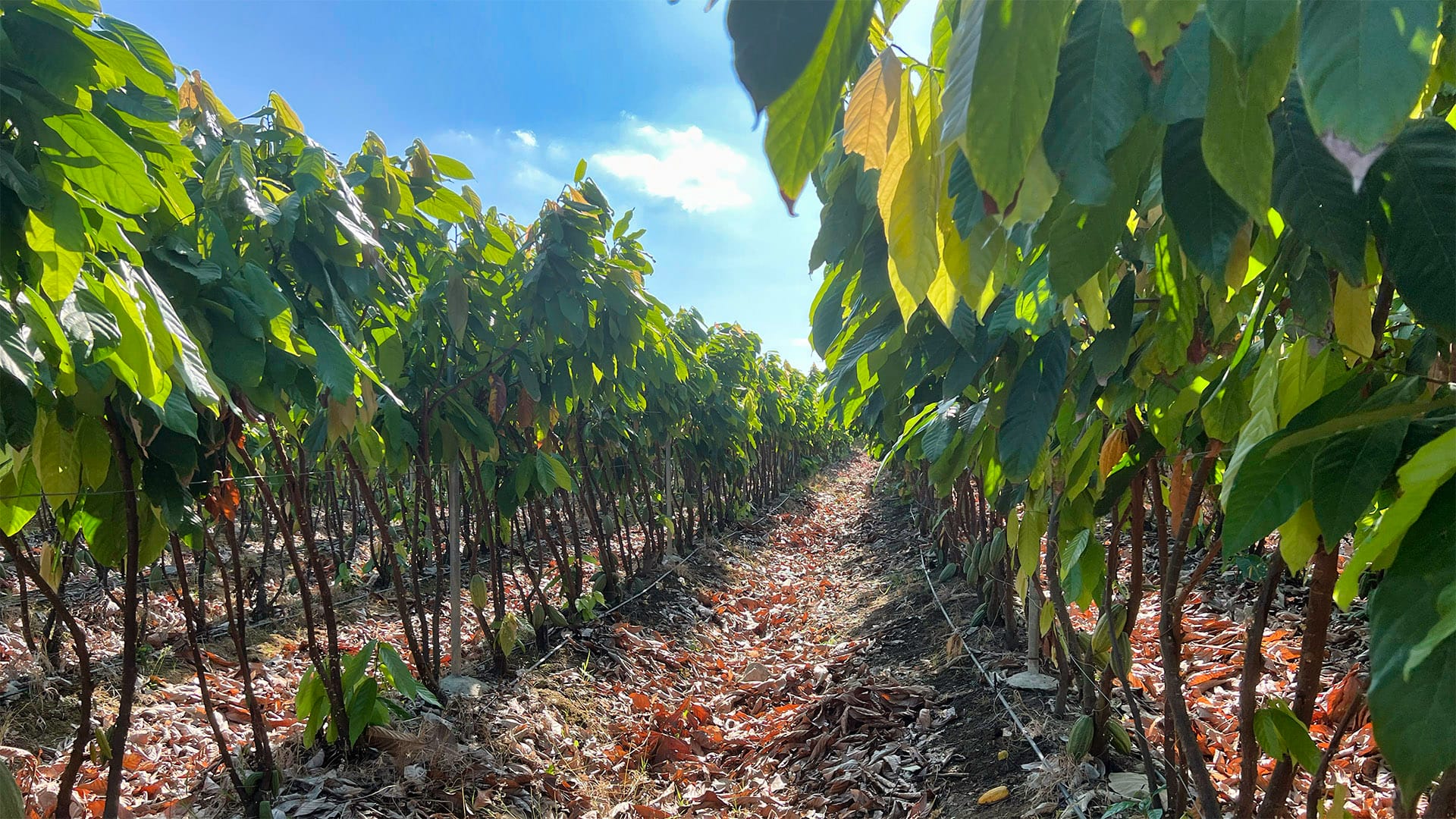
This planting system looks more like a vineyard than a typical cacao farm. Productivity for Nacional varieties is ≈3x other planting designs, water usage is 50% and fertilizer costs are reduced by up to one-half. The organic matter content of the soil is improved and the pruning regime results in more flushing leaves which are more efficient at removing CO2 from the air.
Certifications
The Regenerative Organic Certified (ROC) is a holistic certification for food, textiles, and personal care ingredients. It is overseen by the 501(c)3 nonprofit Regenerative Organic Alliance and incorporates fair trade principles, making it a critical framework for a healthy future. The certification sets high standards for soil health, animal welfare, and farmworker fairness. Similarly, the Certified Regenerative by AGW and REGEN1 are other examples of regenerative certifications that focus on holistic agricultural practices, including soil health, biodiversity, water quality, and social fairness. These certifications aim to ensure that the food is produced in a way that promotes healthier ecosystems, cleaner air and water, and better treatment for workers and animals.
— Source: Perplexity.ai



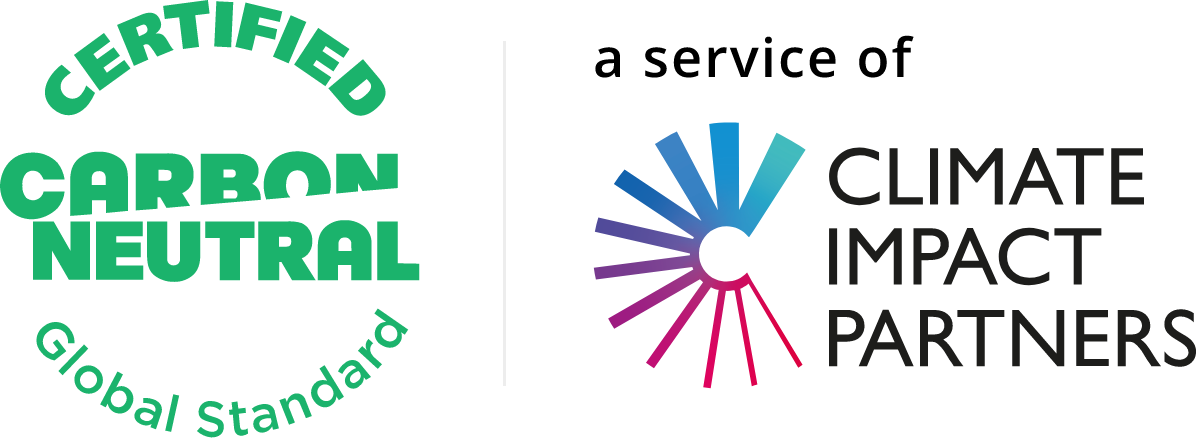
The Hacienda Victoria has been certified as carbon neutral.
Please help my Facebook group — Salones Internacionales de Cacao y Chocolate — reach 10,000 members in February!
This group, originally named Salons del Cacao y Chocolate, was created after I visited Perú in 2013 for the salon there. I wanted a way for the people I met there to continue the conversations we started. When I translated the name into Spanish the group started to take off. While most of the membership is in South America and many of the posts are in Spanish, membership in the group is global.
Episode Hashtags
#Regenerative #RegenerativeAgriculture #Agroforestry
#Restorative #RestorativeAgriculture
#cocoa #cacao #cacau
#chocolate #chocolat
#PodSaveChocolate #PodSaveChoc #PSC
#LaVidaCocoa #TheChocolateLife
#TheChocolateLifeLIVE Archive
To read an archived post and find the links to watch archived episodes, click on the bookmark card, below.




